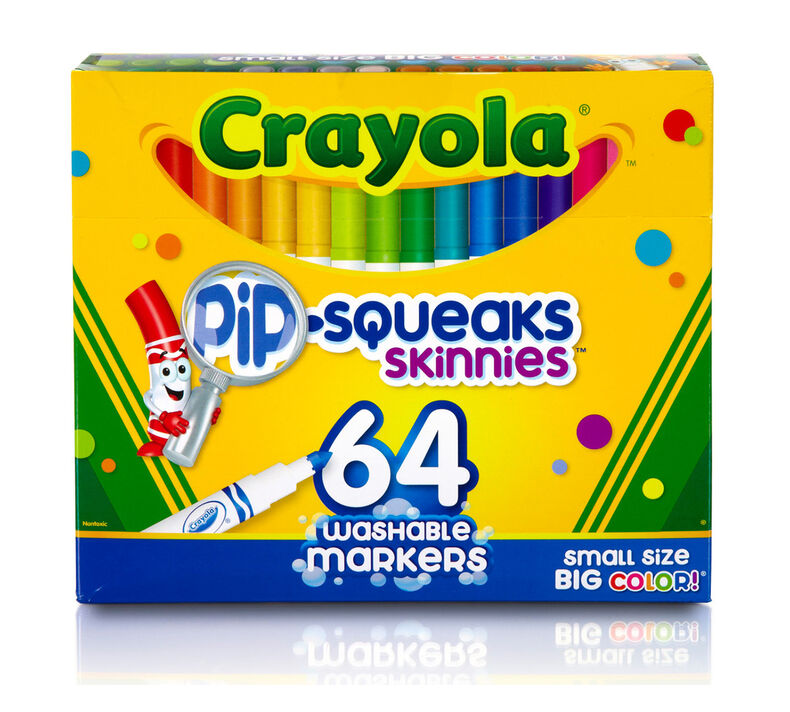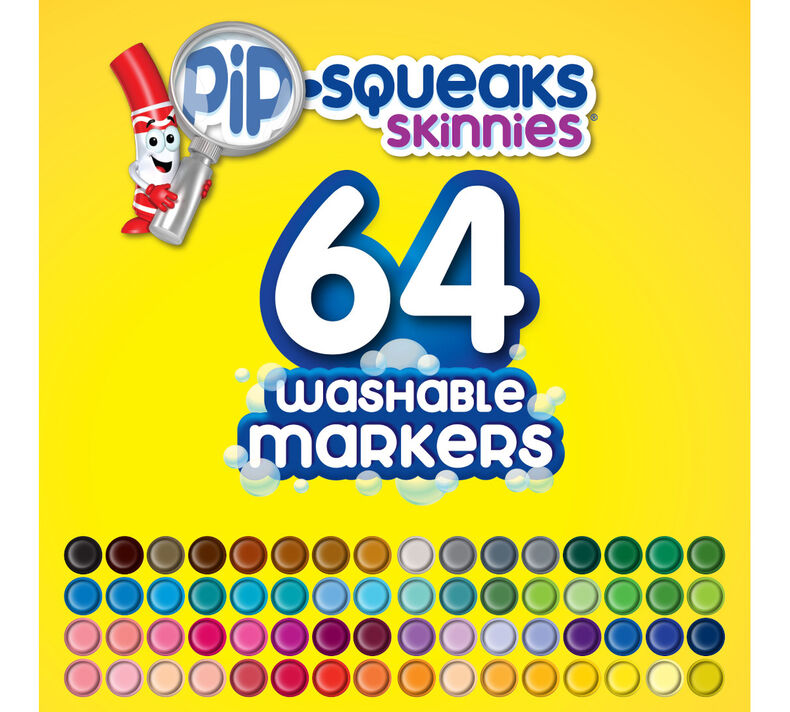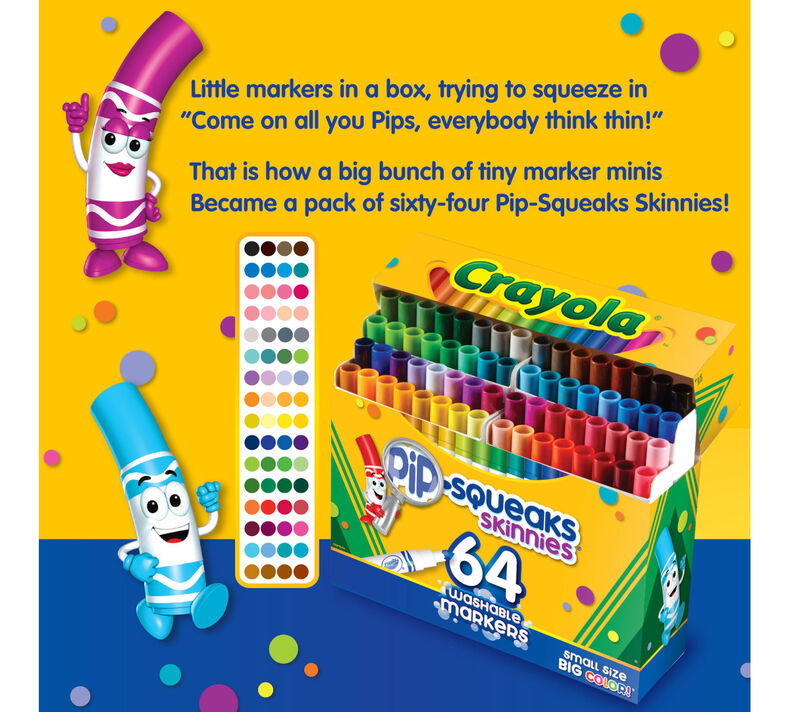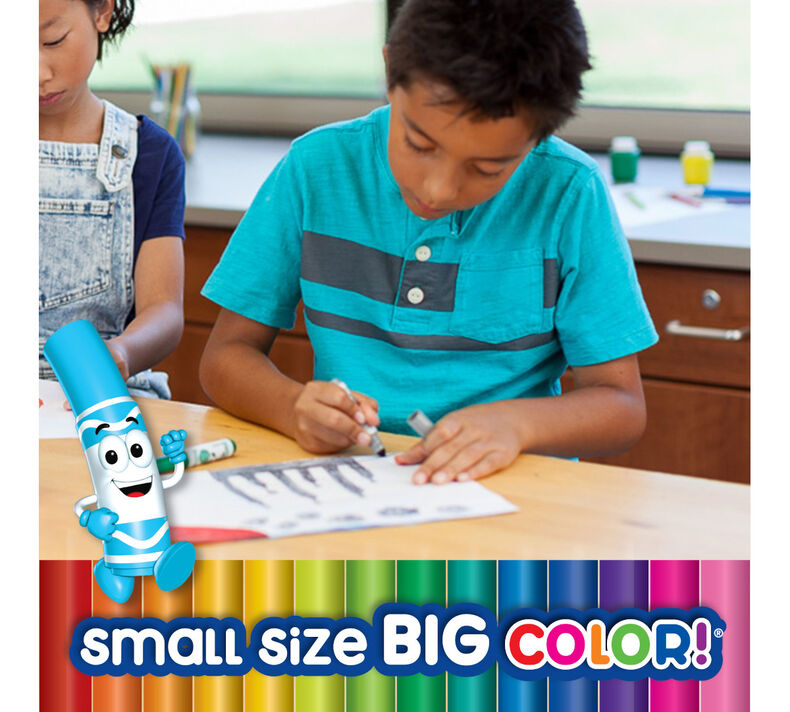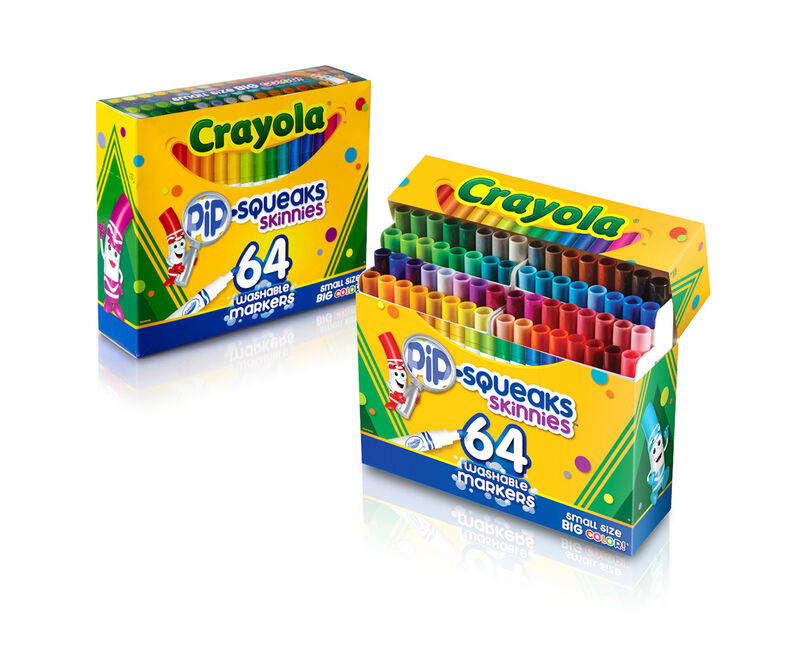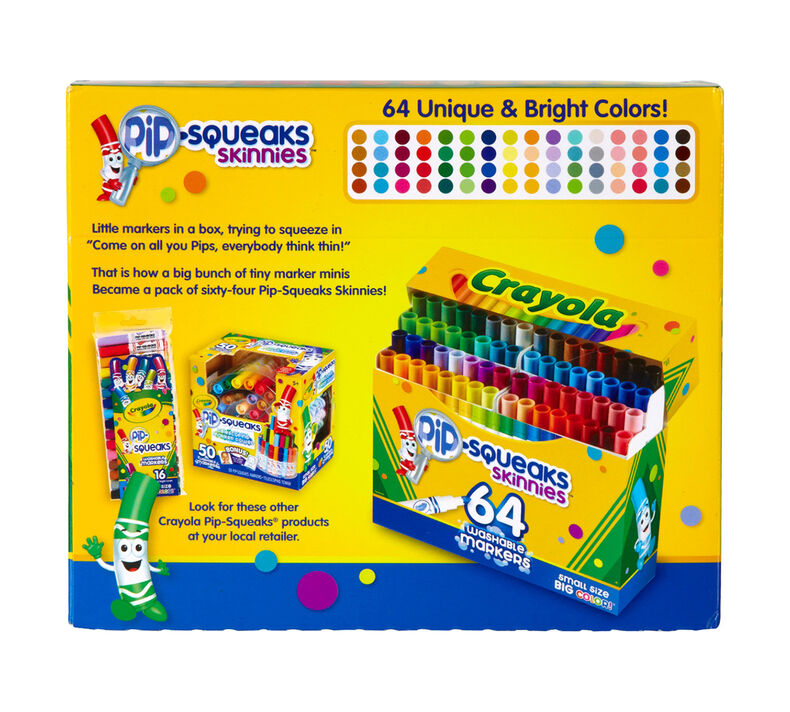Mixing Color
Mix color by layering a darker color on top of a lighter one.
Thick and Thin Lines
Make thick lines by drawing with the side of the marker and thin lines by drawing with the tip. Create different effects by drawing squiggly, jagged, wavy, or bumpy lines with the side of the marker.
Stippling
Use the tip of the marker to make a pattern of dots. Create the effect of shading by filling in areas with close stippled dots. Combine dots of various colors to mix colors visually.
Cross Hatching
Fill in an area with closely-spaced parallel lines and draw hatch lines across each other. Where there are very closely-spaced lines it looks darker and where there are larger spaces between lines it looks lighter.
Bleeding
Spritz water to a marker drawing (with a pump sprayer or a paint brush) to create soft, blurred effects. As the colors become watery they begin to bleed or spread into each other.
Tie-Dye
Create a tie-dye effect on soft white absorbent papers, such as paper towels, coffee filters, or rice paper. Gather the paper and hold together several points with rubber bands. Draw around the points with markers. When finished coloring, lightly spray the paper with water. Cut off each rubber band and let dry.
Symmetrical Tie-Dye
Fold soft absorbent papers into halves, fourths, or eights. Hold a marker down on the top layer until it has gone through all of the layers. Continue to make a design. Lightly spray the paper with water. Then unwrap, and allow to dry.

